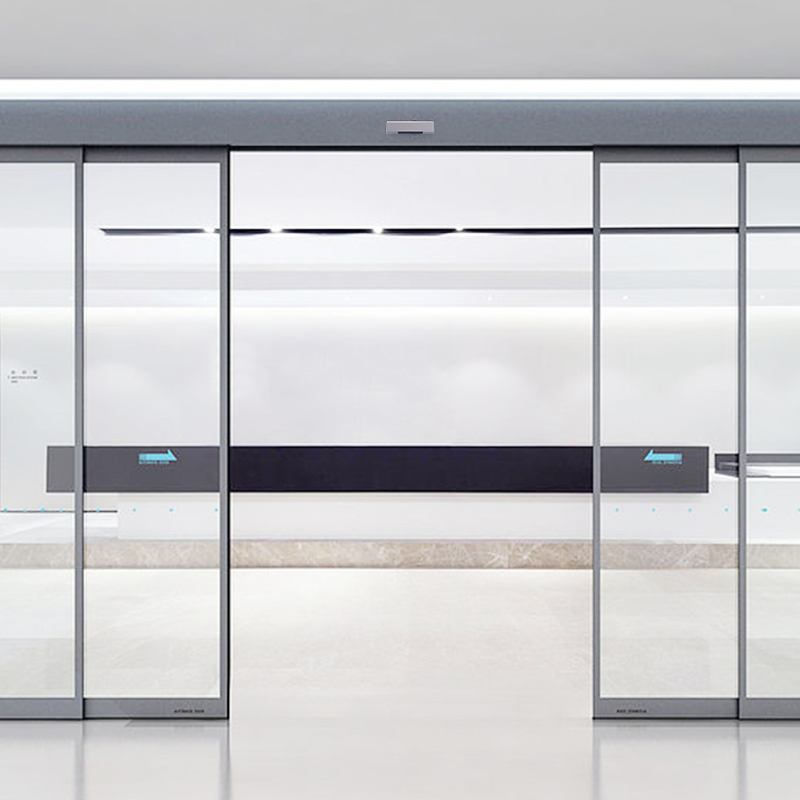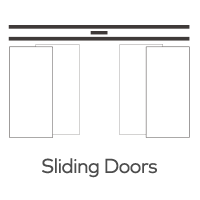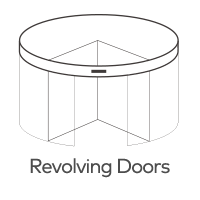Can a door controller be integrated with building management systems (BMS) for centralized control?
In today's interconnected world, the seamless operation and security of buildings have become paramount. Door controllers, a crucial component of access control systems, play a pivotal role in regulating access and enhancing security. One of the notable advancements in building management is the integration of door controllers with Building Management Systems (BMS). In this article, we will explore how door controllers can be integrated with BMS to achieve centralized control, streamline operations, and elevate the overall management of building access.

The Synergy of Door Controllers and BMS
Door controllers serve as intelligent gatekeepers, managing access to specific areas within a building. By integrating these controllers with a Building Management System (BMS), which oversees various building functions like HVAC, lighting, and security, organizations can achieve a unified approach to building management.
Benefits of Integration
1. Centralized Control: Integration allows building administrators to control door access alongside other building systems from a single interface. This centralized approach enhances efficiency, simplifies management, and facilitates quick decision-making.
2. Enhanced Security: By integrating door controllers with BMS, administrators can monitor and manage access in real-time. This enables immediate response to security incidents, unauthorized access attempts, or breaches.
3. Streamlined Operations: BMS integration enables automated actions based on specific events. For instance, doors can be programmed to lock or unlock during scheduled hours, ensuring seamless movement of authorized personnel.
4. Occupancy Management: Integration enables intelligent access control based on occupancy. Doors can automatically lock or unlock depending on predefined criteria, enhancing energy efficiency and security.
5. Scalability: Organizations with multiple sites can benefit from the scalability of integrated systems. The BMS allows administrators to manage access control across different locations, ensuring uniformity and effective management.
6. Data Analytics: The integration generates valuable data related to access patterns and security events. Analyzing this data can lead to informed decisions and improvements in building security and operations.
Implementation Steps
1. Compatibility Assessment: Choose door controllers and BMS platforms that are compatible and offer integration capabilities. Consult with vendors to ensure a seamless integration process.
2. Hardware and Software Integration: Integration typically involves connecting door controllers with BMS software through APIs, protocols, or middleware solutions. Professional installation and configuration may be necessary.
3. Database Synchronization: Ensure that user data, access rights, and schedules are synchronized between the door controller and the BMS.
4. Testing and Validation: Rigorous testing is essential to ensure that the integrated system functions as intended. Test scenarios involving access permissions, alarms, and emergency situations.
Conclusion
Integrating door controllers with Building Management Systems is a significant advancement that transforms building access control and security management. The unified approach offered by this integration streamlines operations, enhances security, and provides valuable insights through data analytics. As technology continues to evolve, organizations can leverage this integration to create safer, more efficient, and smarter building environments that cater to the needs of modern facilities and occupants.







